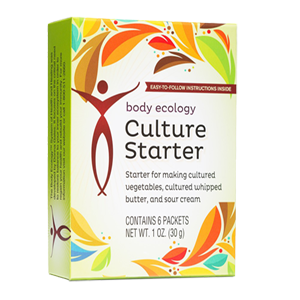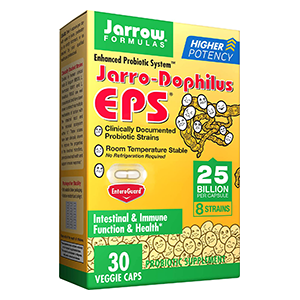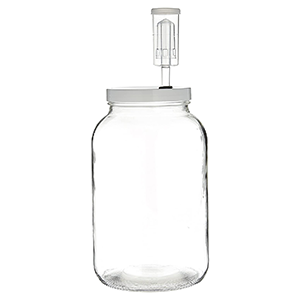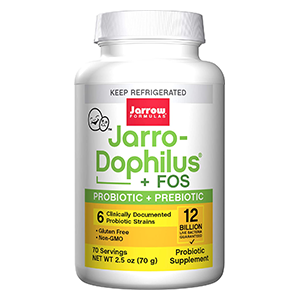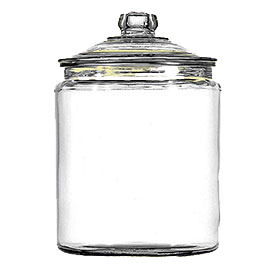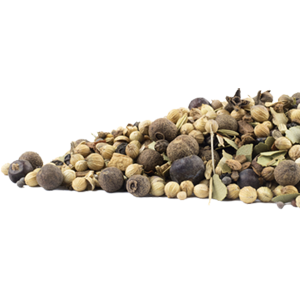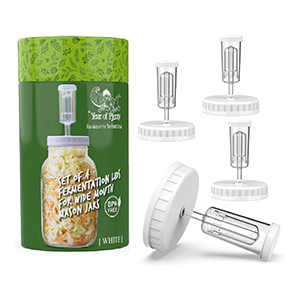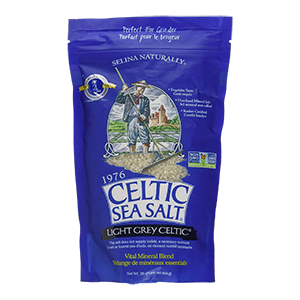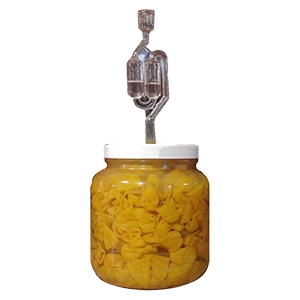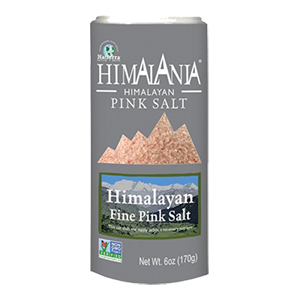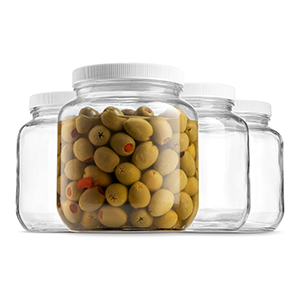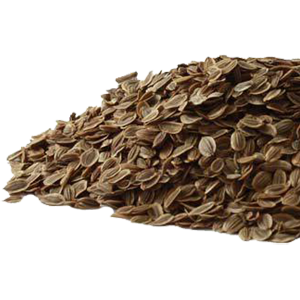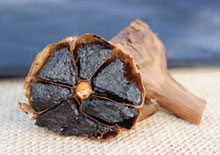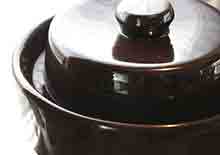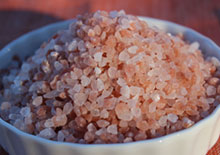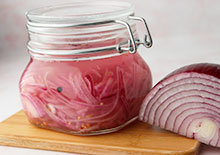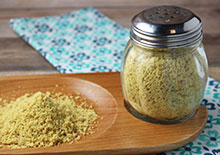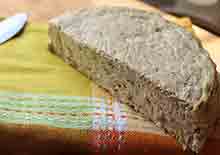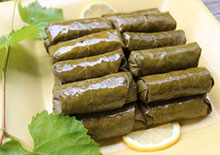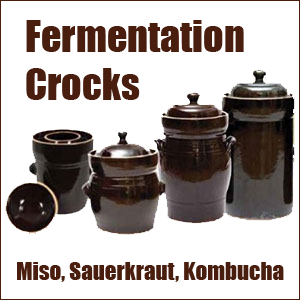- Home
- Fermented Food Recipes
- Lacto-Fermented Green Beans
Lacto-Fermented Green Beans, A Raw Homemade Cultured Vegetable Recipe
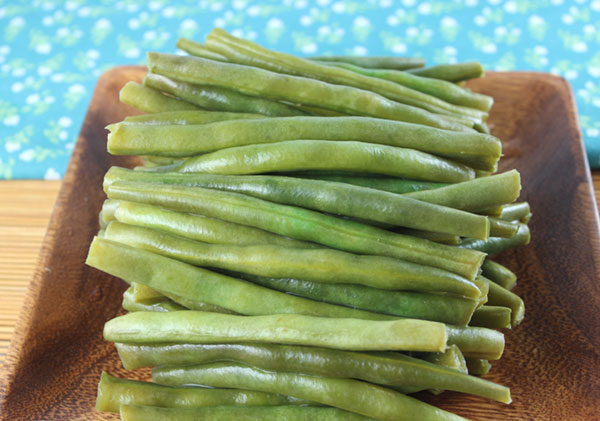
This is our basic recipe for making lacto-fermented green beans using a brine pickling method that does not involve high heat or canning methods.
These are fermented or "cultured" using a pink salt water brine and a probiotic culture starter rather than vinegar. The beans, after being fully submerged within this liquid for about 4-7 days (depending on room temperature), produce a crisp dill-pickled green bean.
This technique, in our opinion, is a much healthier option over home-canning as nutrients, enzymes and valuable probiotics for healthy gut flora are not destroyed in the process.
What are Lacto-Fermented Green Beans?
The lacto-fermentation method we use in the recipe below is one that
cultures, pickles and preserves the green beans through the actions of
lactic-acid bacteria (LABs). Some of which are naturally present on the
green bean itself, in addition to the ones added via a probiotic
supplement or culture starter.
While adding these probiotic powders is not a popular method in most lacto-fermented green bean recipes, we like to include them to help initiate, encourage and boost the development of LAB strain activity.
Visit our fermented food recipes page for more on our top favorites.
You can use any high quality probiotic supplement or acidophilus powder, like Jarrow Formulas Jarro-Dolphilus or Body Ecology Veggie Culture Starter is another one we highly recommend.
Essentially, these bacteria help to convert the starch or sugar content into lactic acid, a natural pickling agent and food preservative. This process over the next several days will continue to enhance enzyme content as well as beneficial microflora.
This anaerobic (oxygen-free) environment supports the growth of desirable lactic acid bacteria, but eliminates pathogenic bacteria and mold contamination that require oxygen to thrive.
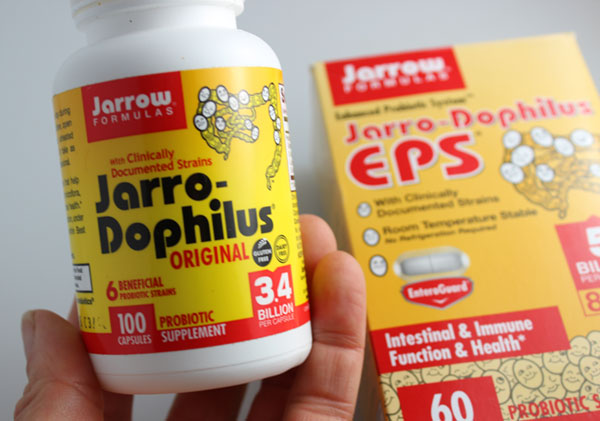
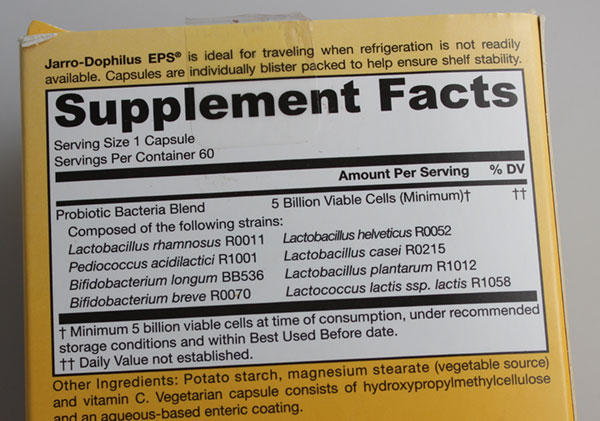
According to the "Agriculture and Consumer Protection" branch of the Food and Agricultural Organization of the United Nations, "the whole basis of lactic acid fermentation centers on the ability of lactic acid bacteria to produce acid, which then inhibits the growth of other non-desirable organisms." (Source)
This is the same method we also use when making fermented grape leaves and other types of cultured vegetables, such as kimchi and sauerkraut.
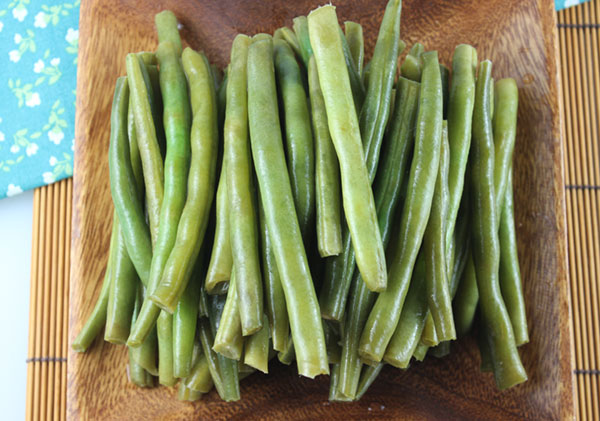
Other Tips When Making Lacto-Fermented Green Beans
1) Best Room Temperature - The most ideal room temperature is between 65-75°F (18-24°C). If colder, fermentation will take longer. If warmer, fermentation will go faster. It is best to ferment them slowly, rather than too quickly, for optimal flavor and texture.
2) Vegetable Selection - The green bean is an especially great vegetable to start with if your new to culturing vegetables due to its naturally stiff texture and long shape. It is best of course to use green beans fresh from the garden at the peak of the season, however our second preferred options are organic green beans from a Farmers Market or local produce section.
3) Using an Air-Lock Cap - Most raw lacto-fermented green bean recipes are a type of wild fermentation in that they are somewhat exposed to airborne strains. When we make ours, we employ the use of an air lock device to keep out unwanted bacterial or yeast strains, like candida, that may be present in the atmosphere. This is not, however, required as you can also apply a loose lid and place in a pantry location that is not exposed to a lot of foot traffic.
Lacto-Fermented Green Beans Recipe
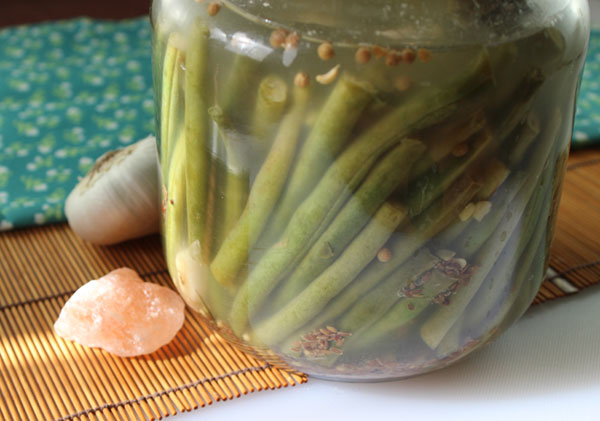
One or two fresh grape leaves, because of their high tannin content, help to give homemade lacto-fermented pickled vegetables a crunchy texture, but they are optional.
Remember, it is important when fermenting foods to thoroughly wash all tools, jars and chopping boards in hot soapy water before preparing your ferment.
Tools You Will Need:
- half gallon glass jar
- lid (preferably plastic not metal) or lid with fermentation cap or air-lock device
- fermentation weights (optional)
Ingredients:
- 2lbs fresh green beans
- 4 cloves garlic
- 2T dill seed
- 1T pickling spice
- 1 quart of pure filtered water
- 2t coarse pink Himalayan salt (or one small rock crystal)
- 1/2t fine pink salt
- 1/2t probiotic culture starter powder (or the powder from 4 probiotic caps)
- one raw grape leaf (optional)
- 2 green cabbage leaves for the top (optional)
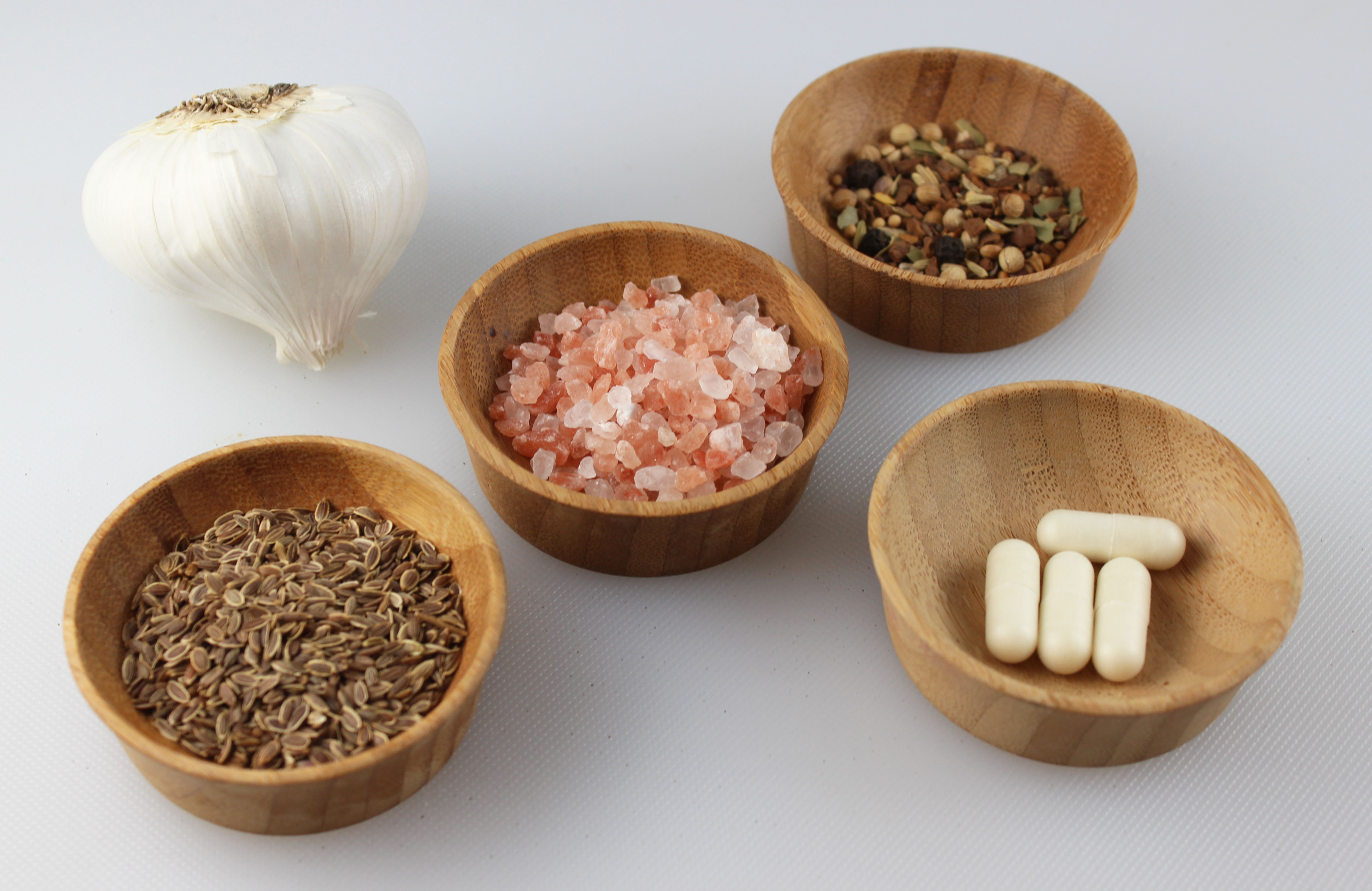
Directions:
- Wash green beans in pure water and trim the ends of the beans.
- If your using a grape leaf, fold it up into a square and add it to the bottom of the half-gallon glass jar.
- Place the beans upright and tightly pack into the jar. It is sometimes easier to do this if you tilt the jar slightly so you can stack them and they won't fall over.
- Push peeled whole garlic cloves to the bottom sides of the jar, evenly spaced out.
- Make your brine solution by adding dill seed, probiotic powder, pink salt and pickling spice to a quart jar of pure water. Place lid on quart jar and shake to disperse and dissolve.
- Pour this brine over your green beans until they are covered. (You may need to add more or less water) It is good to leave about a one inch space at the top as the water level can tend to rise during the first day.
- You can place cabbage leaves on top to help the beans stay submerged or use or glass fermentation weights, sometimes called "crock rocks or pickling pebbles."
- Place a loose plastic lid (or non-metallic lid) on top and cover with a clean cloth OR use a air-lock cap that will allow natural gases to escape.
- Just in case, you might want to put a tray or dish underneath to collect any brine overflow. Most likely you won't have any if packed correctly.
- Store for fermentation on a dark pantry shelf or cupboard space for 4-7 days. Taste test after 3-4 days to see how you like them.
- When they are completely cultured, you can secure a lid and refrigerate.
Lacto-fermented green beans will last a very long time in the refrigerator.
They make a great addition to salads, provide a nice snack food, or can be used like sauerkraut or kimchi as a condiment to meals.
Shop Related Products (About Affiliates & Amazon Associate Paid Links)
Affiliate Disclaimer: This section contains affiliate product links. If you make a purchase through one of our recommended links, we will receive a small commission at no additional cost to you. Thanks for the support!

